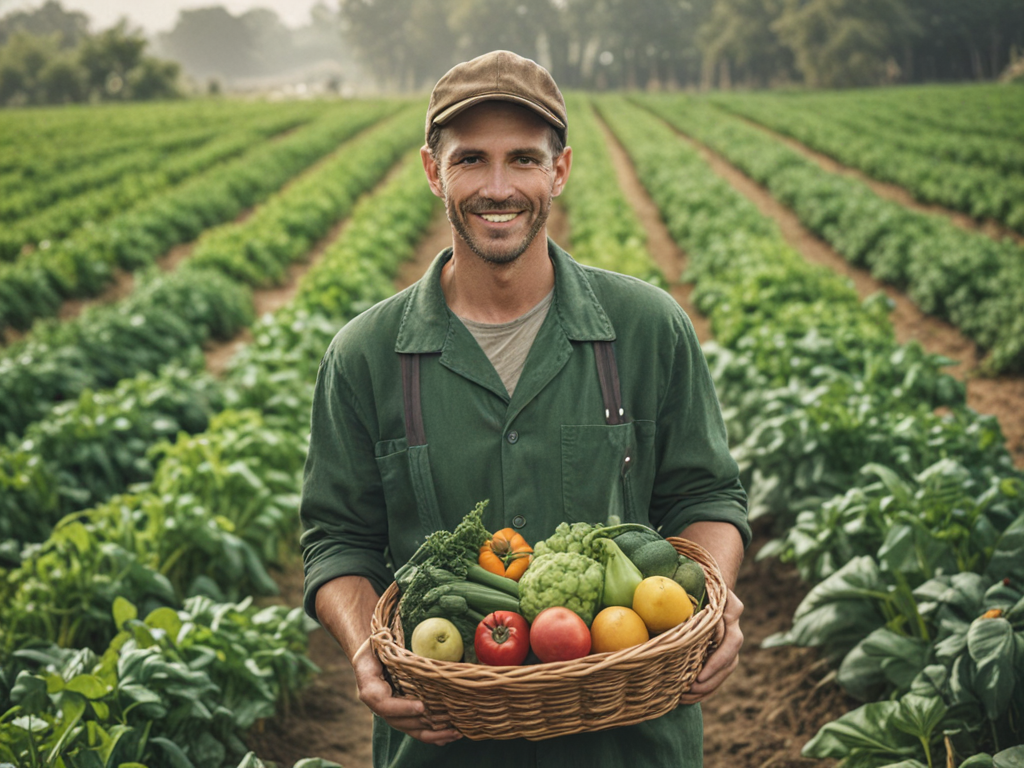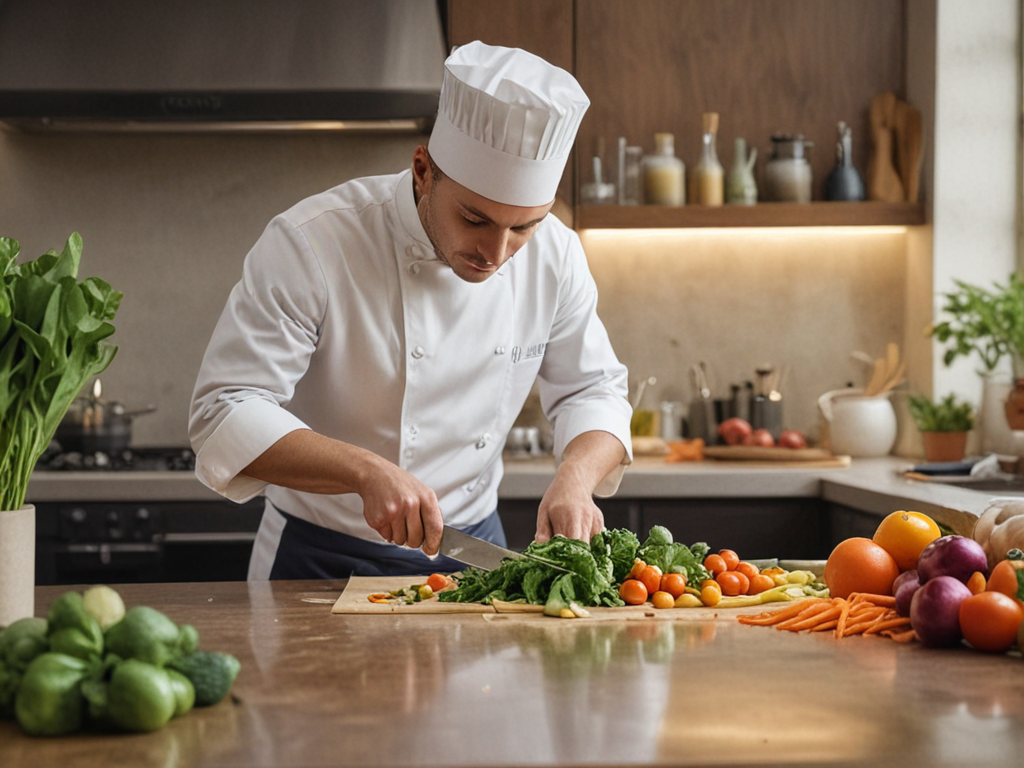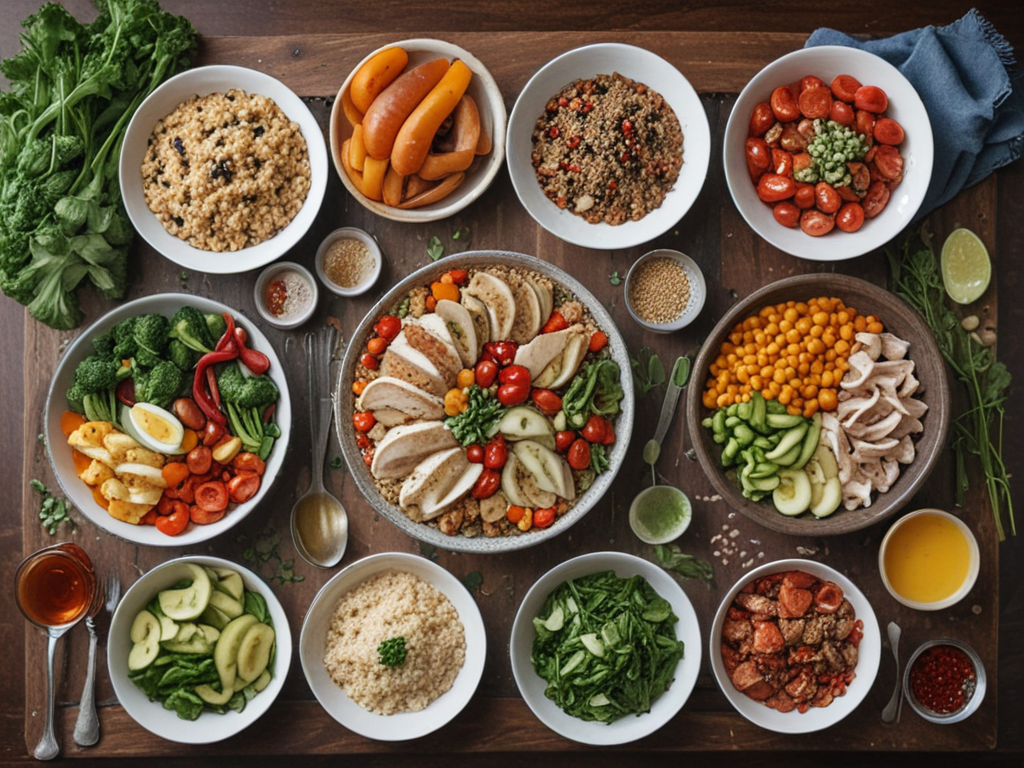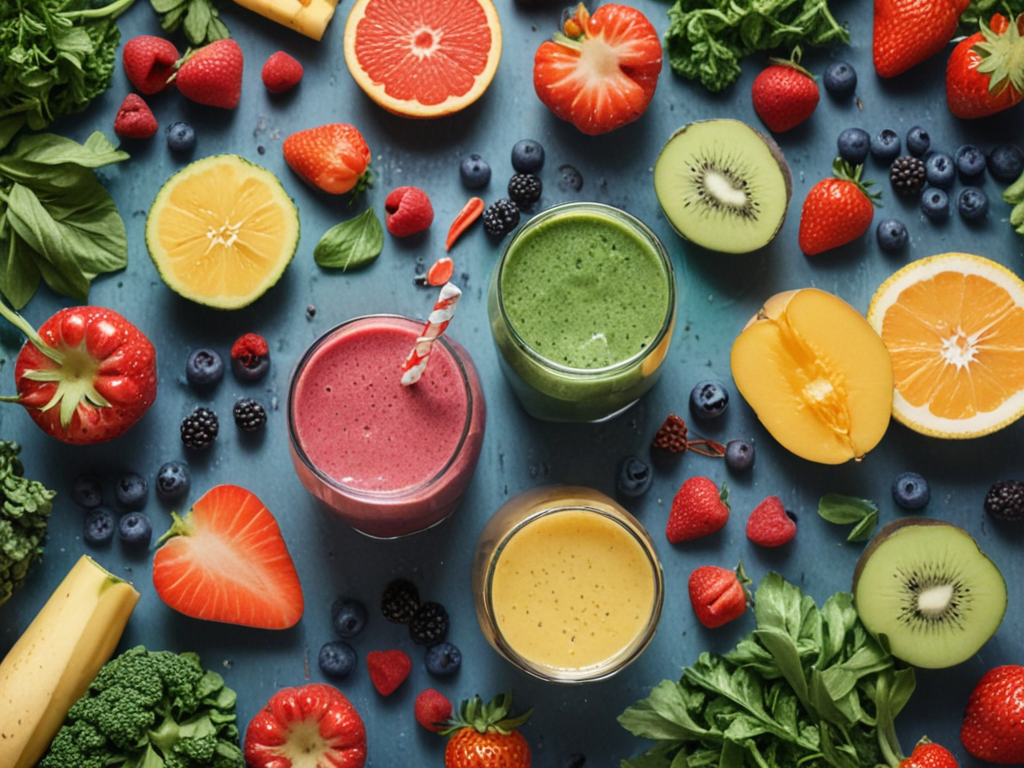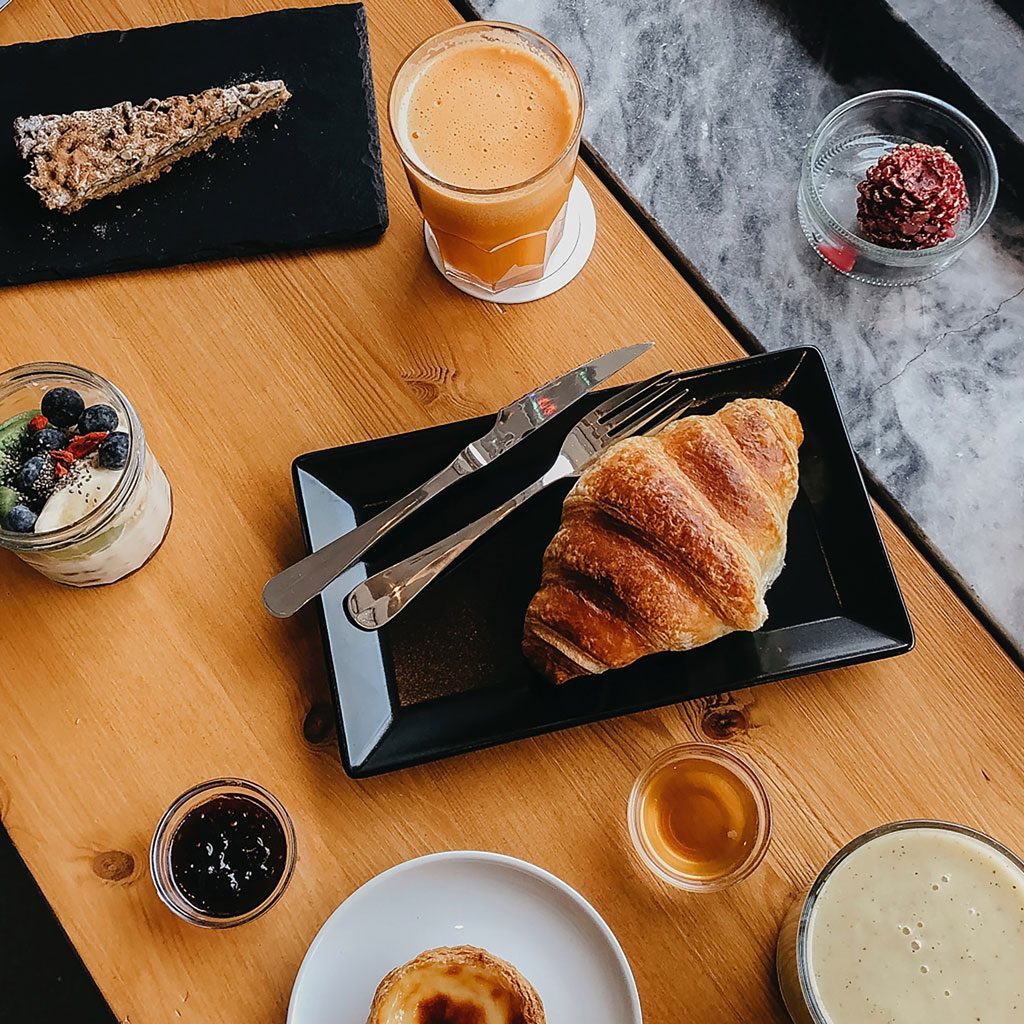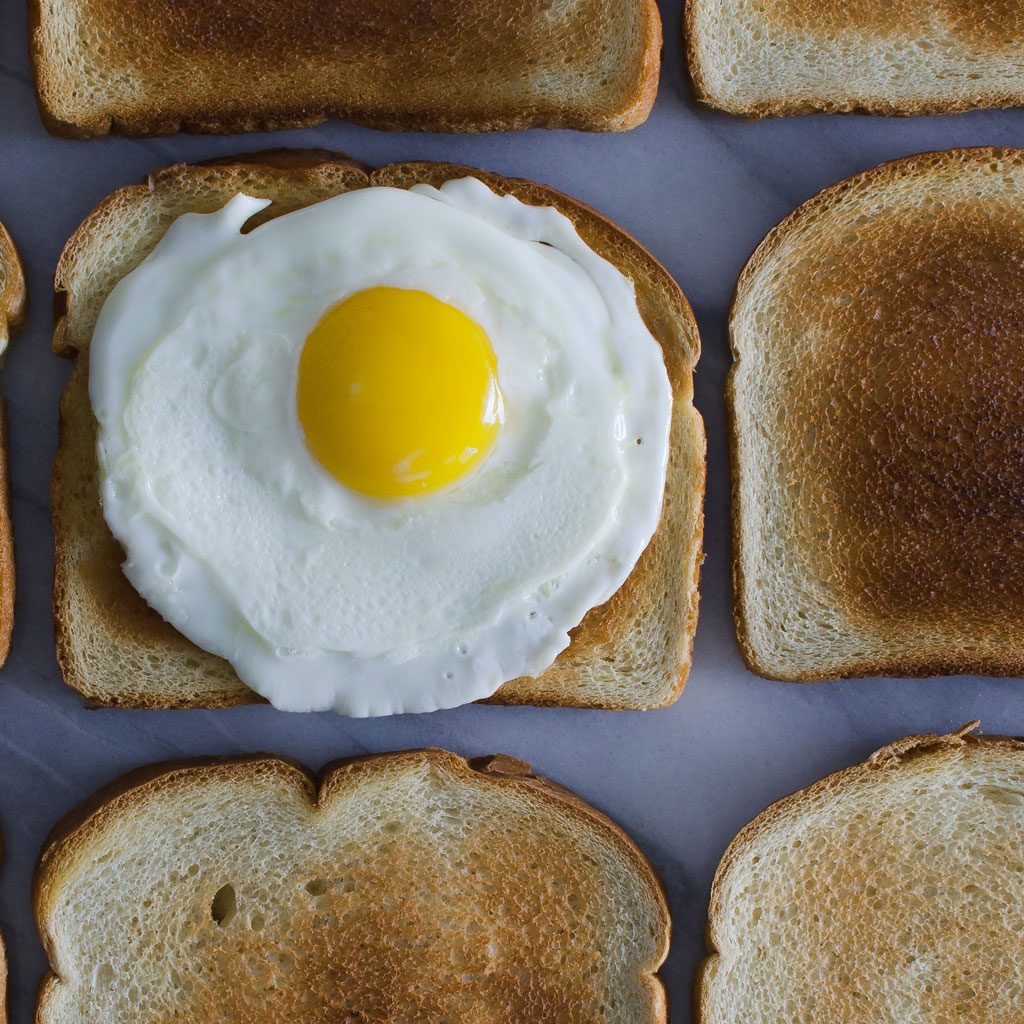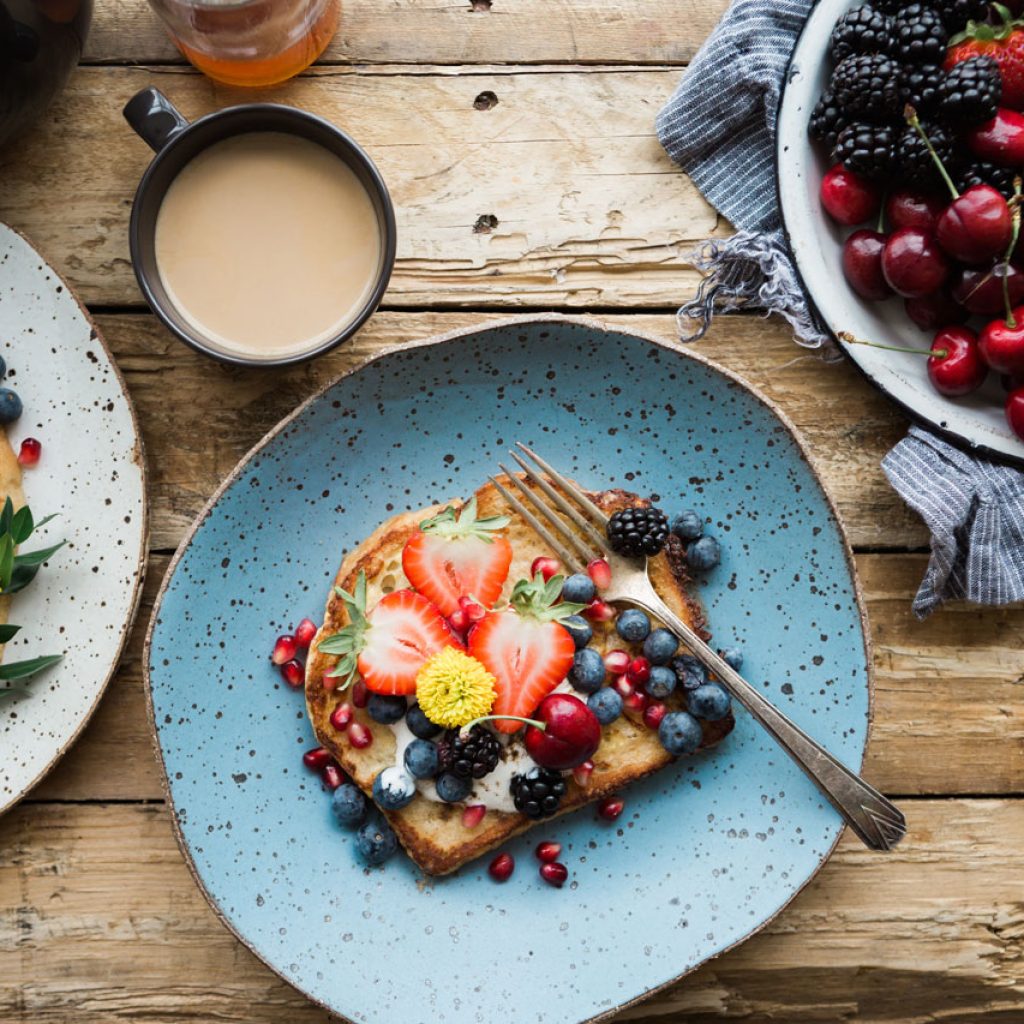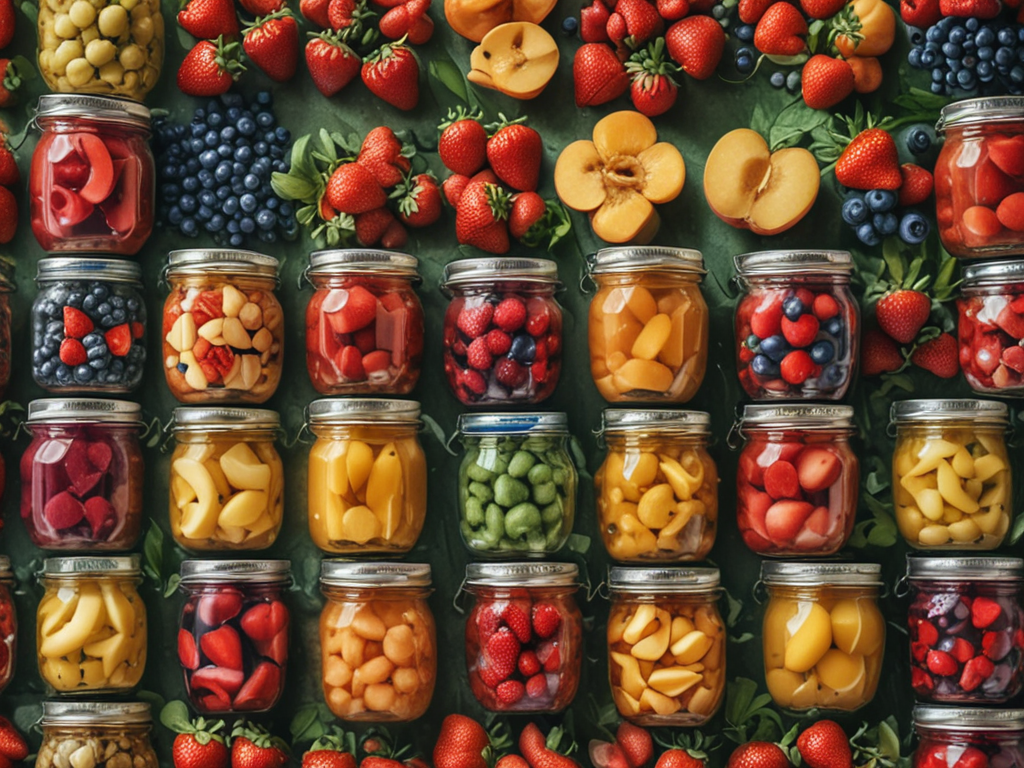
As the saying goes, “putting summer in a jar” is a timeless tradition that captures the essence of the sun-kissed season long after it fades. Exploring the art of canning fruit not only preserves the vibrant flavors of summer but also offers a glimpse into a culinary world where freshness is eternal. From hand-picked berries to succulent peaches, the process of canning fruit is a meticulous yet rewarding endeavor that beckons me to savor the taste of summer all year round.
Selecting the Best Fruits
When picking fruits for canning, make sure they are ripe but firm to preserve their flavor and texture. The key to successful fruit preservation lies in selecting fruits at their peak ripeness. Ripe fruits have developed their full flavor profile and natural sugars, ensuring a delicious end product. However, it is important that the fruits are not overly ripe, as they may become too soft or mushy during the canning process. Firm fruits will hold their shape better and provide a satisfying texture when consumed later.
To determine the ripeness of fruits, consider factors such as color, texture, and aroma. Look for fruits that are vibrant in color, free from blemishes, and yield slightly to gentle pressure without being too soft. A pleasant fruity aroma is also a good indicator of ripeness. By selecting fruits at the right stage of ripeness, you can effectively preserve their flavor and enjoy delicious canned fruits throughout the year.
Essential Canning Equipment
To properly preserve fruits through the canning process, one must have the essential equipment required for this preservation method. Two important pieces of equipment for successful canning are pressure canners and water bathers. Pressure canners are essential for canning low-acid foods like vegetables and meats, as they reach higher temperatures necessary to kill harmful bacteria such as botulism. These canners use pressure to achieve temperatures of 240°F, ensuring safe preservation. On the other hand, water bathers are ideal for canning high-acid foods like most fruits. They work by submerging sealed jars in boiling water, effectively pasteurizing the contents without the need for high pressure. Both pressure canners and water bathers play distinct roles in the canning process, allowing you to safely preserve a variety of fruits to enjoy long after their harvest season. Having these essential tools in your canning arsenal will empower you to savor the flavors of summer throughout the year.
Preparing Fruit for Canning
Preparing fruit for canning involves washing, peeling, and slicing the fruits to guarantee cleanliness and proper preservation. Here are four essential steps to prepare your fruit for canning:
-
Washing fruit: Before any cutting or peeling begins, it is important to wash the fruits thoroughly under running water. Use a brush for fruits with tougher skins, like apples or cucumbers, to remove any dirt or residue. This step helps eliminate surface bacteria and dirt that could impact the quality of your canned fruit.
-
Cutting fruit: Once the fruits are clean, it’s time to prepare them for canning by cutting them into desired shapes and sizes. For fruits like peaches or pears, remove the pits or cores before slicing them. Ensure uniformity in size to promote even cooking and preservation during the canning process.
-
Peeling fruit: Some fruits, such as peaches or tomatoes, require peeling before canning. To peel them easily, blanch the fruits in boiling water for a short time, then transfer them to an ice bath. The skin will then easily peel off, leaving the fruit ready for slicing.
-
Removing blemishes: Inspect the fruits for any blemishes or bruises. Cut out any damaged areas before proceeding with canning to make sure the best quality and flavor in your preserved fruits.
Canning Methods and Techniques
After preparing the fruit for canning, the next step involves familiarizing oneself with various canning methods and techniques for effective preservation. When it comes to canning fruit, two primary methods are commonly used: water bath canning and pressure canning. Water bath canning is suitable for high-acid fruits like berries, peaches, and apples. This method involves submerging filled jars in boiling water for a specific period. It is a simple and important way to preserve fruits.
On the other hand, pressure canning is necessary for low-acid fruits such as figs, melons, and bananas. This method involves using a pressure canner to reach higher temperatures needed to kill harmful bacteria like Clostridium botulinum. Pressure canning is essential for ensuring the safety of canned low-acid fruits. It requires precision and attention to detail to prevent spoilage.
Both water bath canning and pressure canning have their place in the home canning process. Understanding the differences between these methods and when to use each is essential for successful fruit preservation.
Storing and Enjoying Canned Fruit
Proper storage and thoughtful consumption are significant aspects of ensuring the longevity and enjoyment of canned fruit. When it comes to long-term storage of canned fruit, here are some key tips to keep in mind:
-
Cool, Dark Place: Store your canned fruit in a cool, dark place to maintain its quality over time. Avoid areas that are exposed to direct sunlight or fluctuating temperatures.
-
Check Seals Regularly: Periodically inspect the seals on your canned fruit jars. If you notice any jars with broken seals, consume the fruit promptly to prevent spoilage.
-
Rotate Stock: Practice a ‘first in, first out’ approach when consuming your canned fruit. This helps ensure that older jars are used before newer ones, reducing the risk of spoilage.
-
Flavor Preservation: To preserve the flavors of your canned fruit, consider adding a splash of lemon juice or a sprinkle of cinnamon before sealing the jars. These simple additions can enhance the taste and aroma of your fruit when you’re ready to enjoy it.

